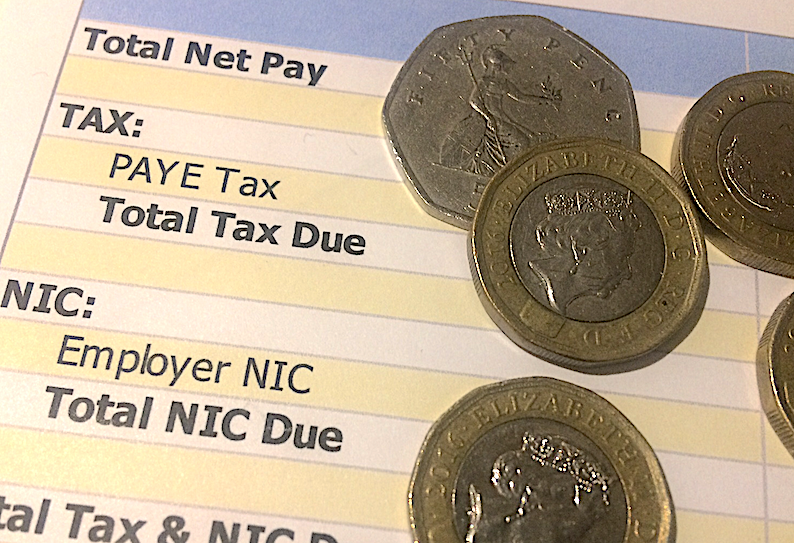Wage growth remains high as economy holds up – Daily Business



Wage growth remained stubbornly high in the three months to February, according to official data, driven partly by public sector pay deals.
Annual growth in average weekly earnings excluding bonuses hit 5.9%, the Office for National Statistics (ONS) said. Average earnings, including bonuses, was unchanged on the previous three months at 5.6%, also matching market expectations.
Economists believe it could affect the Bank of England’s ability to cut the interest rate next month, although the figures come ahead of this months’ hike national insurance contributions and the living wage.
This could could further weaken the labour market which has been softening over the last year, with falling vacancies.
Liz McKeown, director of economic statistics at the ONS, said: “Regular pay growth remains strong having increased slightly in the latest period. Growth accelerated in the public sector as previous pay rises fully fed through to our headline figures, while pay in the private sector was little changed.”
The UK unemployment rate remained unchanged at 4.4%.
The ONS said vacancies dropped by another 22,000 and are now below pre-pandemic levels for the first time since 2021.
Isaac Stell, investment manager at Wealth Club, said: “The UK Labour market continued to show resilience during February with little change in the headline employment figures from January.
“The stability in these latest figures will be welcome news for the Government, as, for the time being, the threats of job cuts following the rise in national insurance costs has yet to come to fruition.
“Average wage growth continues to outpace inflation, holding firm at 5.6% (including bonuses) in February. More good news for the Government as wages continue to rise despite the negative economic mood music and warnings of stagnant wage growth from businesses due to tax rises.
The key challenge for the Government will be ensuring the resilience in the labour market and wage data endures despite the bumpy road ahead.
“Today’s positive figures must not breed complacency as they are yet to account for the higher employment taxes that came into effect this April. The hike in taxes will ultimately impact the bottom line for many businesses and the implications on wage growth and employment could be far reaching.”
Kevin Brown, savings specialist at Scottish Friendly, said: “ONS wage data outpaced expectations, with pay rises ahead of inflation. It comes soon after surprisingly strong GDP data and suggests a better outlook for the UK economy and UK household finances.
“However, there are potential downsides to higher wages. The knock-on effect may be higher overall inflation, which could dampen disposable income for many.
“This could also lead to slower rate cuts from the Monetary Policy Committee (MPC). While households might be winning on one side, they may be losing on another.”
He noted the ongoing doubts over the reliability of the ONS data. Poor response rates to its survey mean the results may not be a robust reflection of the true picture in the UK economy.
The Government has launched a formal investigation into the “performance and culture” of the ONS, while the MPC has warned that it is a substantial problem for interest rate setting.
Scotland data
Between December and February, Scotland’s employment rate estimate (16-64 years) was 74.3%. The unemployment rate estimate (16+ years) was 4.2% and the inactivity rate estimate (16-64 years) was 22.4% in the same period.
Deputy First Minister Kate Forbes said: “These figures indicate that Scotland’s unemployment rate remains relatively low despite a challenging economic environment. However, difficulties persist for those who are economically inactive.”
#Wage #growth #remains #high #economy #holds #Daily #Business





